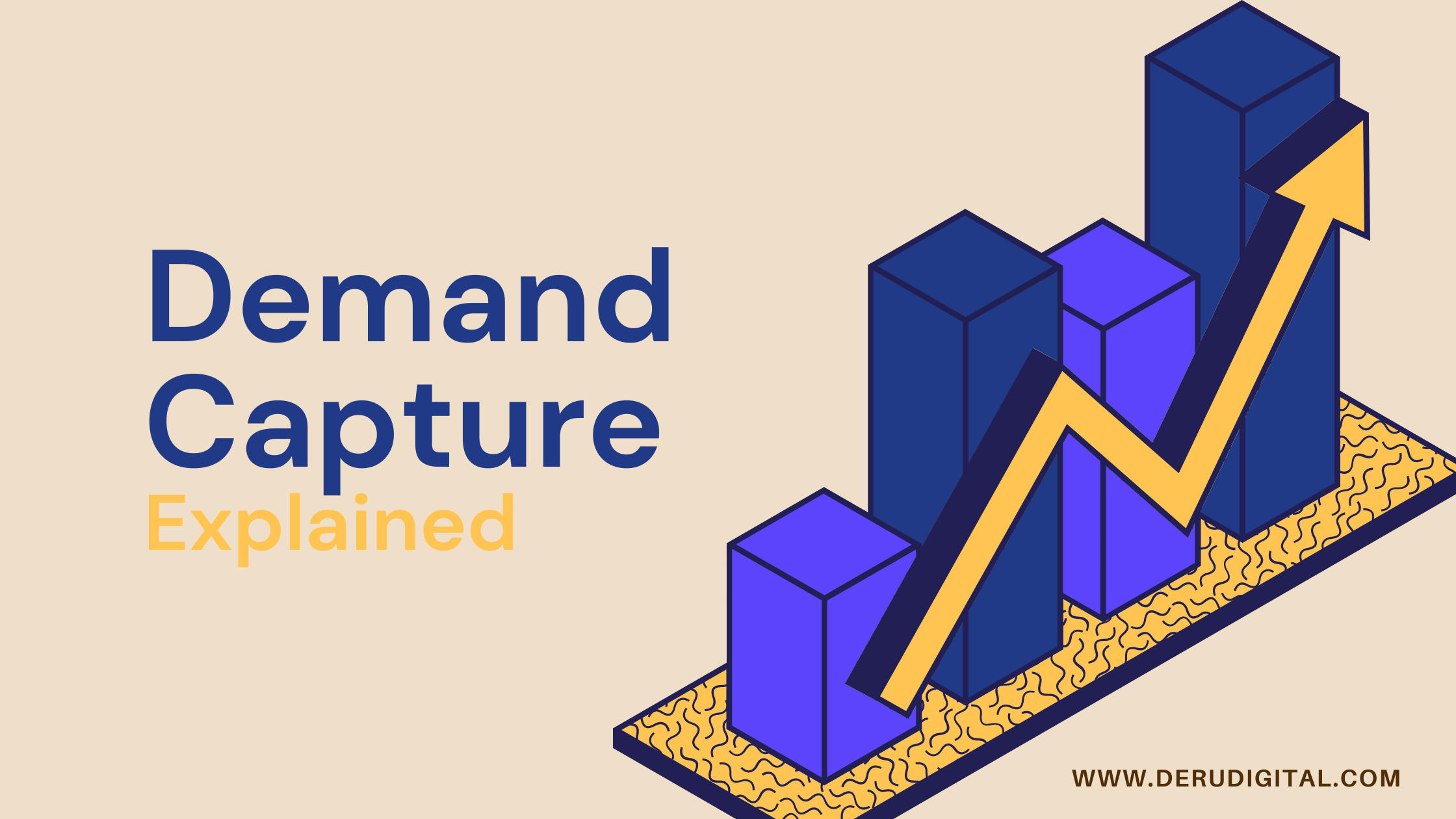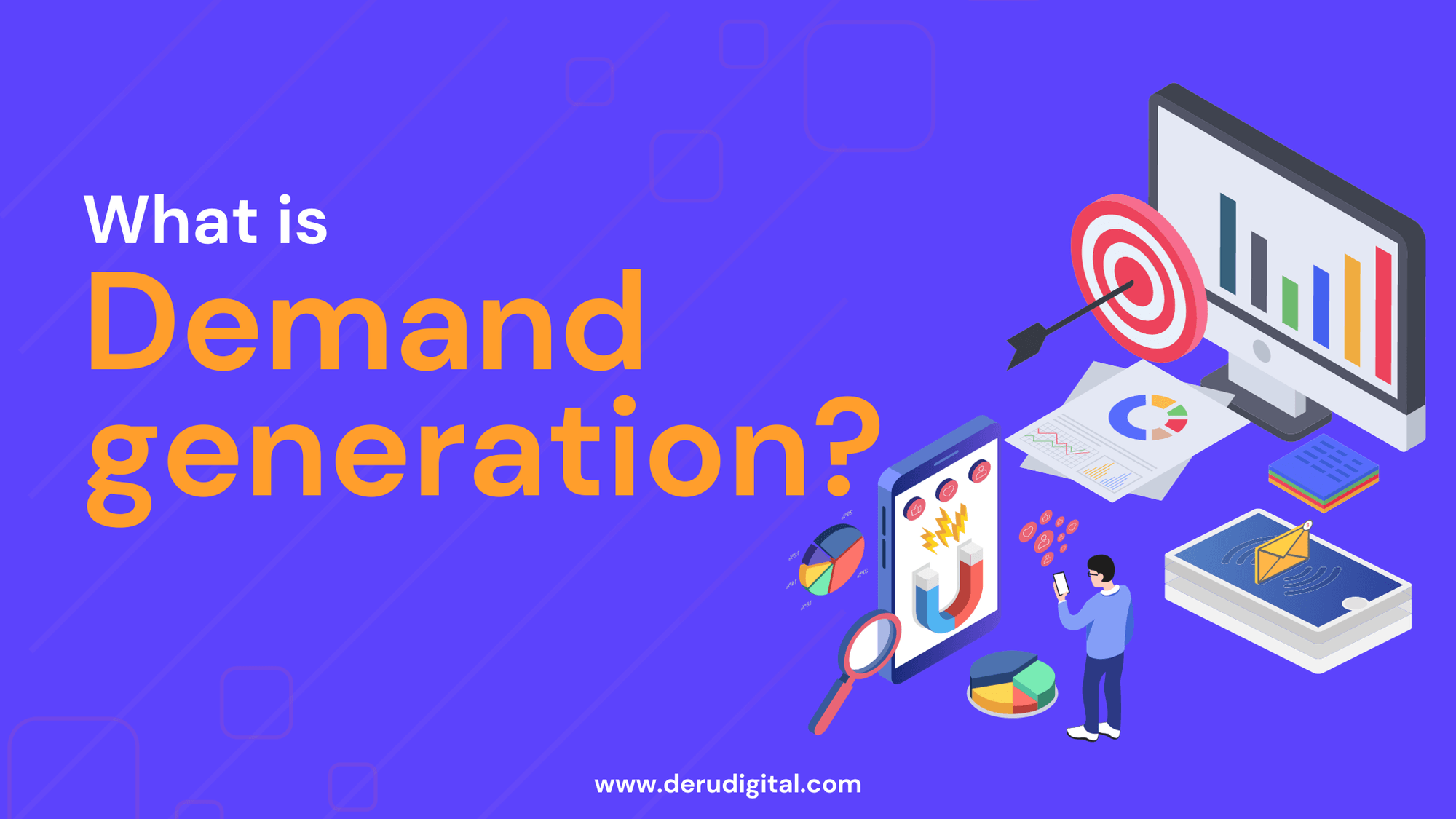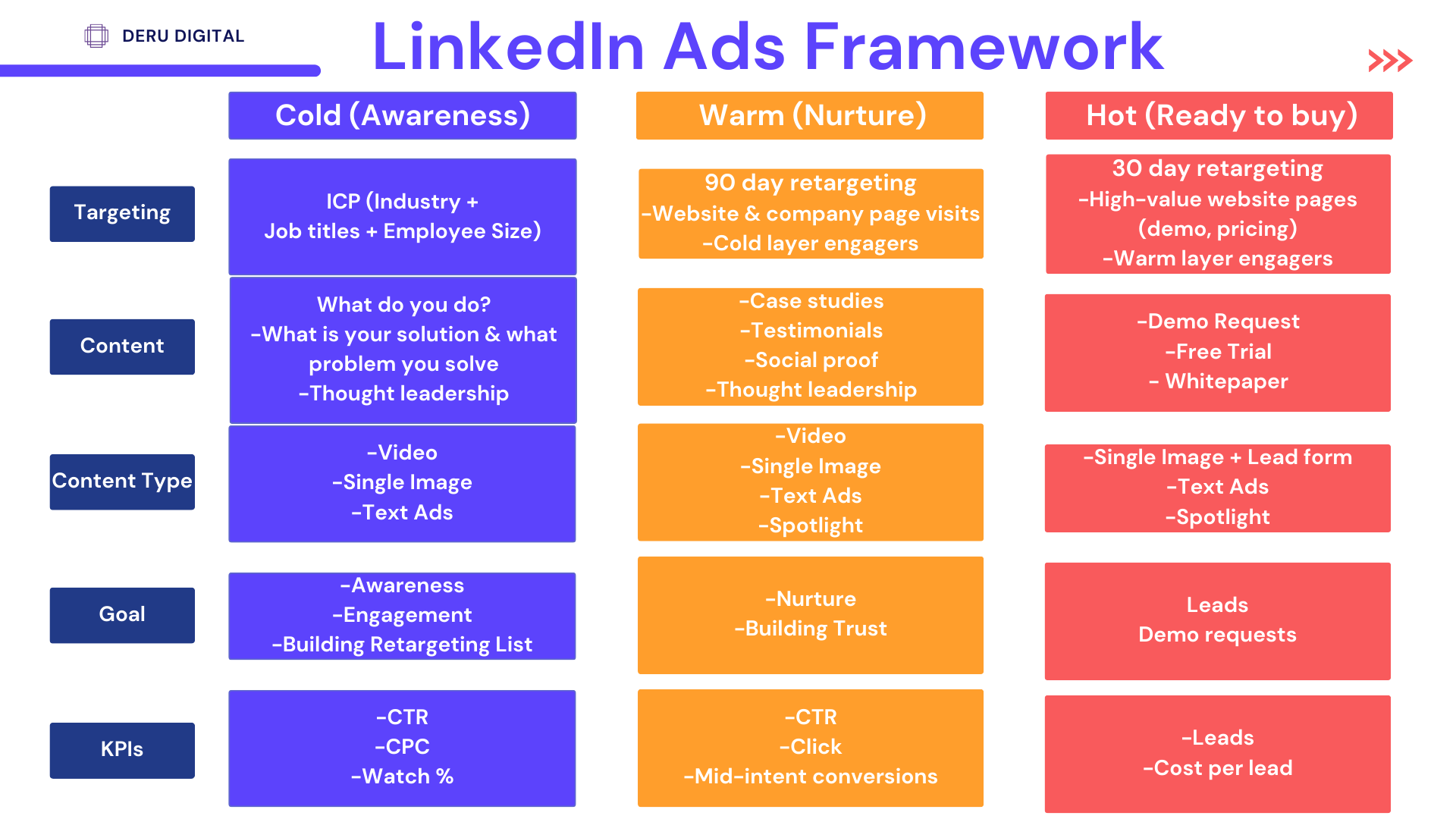Understanding Demand Capture
Demand capture is a crucial aspect of marketing that involves identifying and capitalizing on existing demand for a product or service. It is all about reaching potential customers who are already actively searching for a solution to their needs or problems. By understanding the concept of demand capture, marketers can effectively position their offerings and optimize their marketing efforts to attract and convert these high-intent customers.
To capture demand successfully, marketers need to leverage various channels that can connect them with their target audience. One of the most powerful channels for demand capture is search engines
Leveraging Search Engines
for Demand Capture
Search engines play a pivotal role in demand capture as they serve as gateways to information and solutions. When users search for a specific product or service on search engines like Google, they are actively expressing their intent to find a solution. By appearing in the search results through organic rankings or paid ads, marketers can effectively capture this demand and drive targeted traffic to their websites.
Paid ads, in particular, offer a significant advantage for demand capture. With paid ads, marketers can bid on relevant keywords and display their ads prominently on the search engine results page. This visibility ensures that their offerings are seen by potential customers who are actively looking for similar products or services. By strategically targeting high-intent keywords, marketers can increase the likelihood of capturing demand and driving qualified leads to their websites.
The Importance of Targeting
High-Intent Keywords
Targeting high-intent keywords is essential for effective demand capture. High-intent keywords are search terms that indicate a strong desire or need for a specific product or service. These keywords often include terms like ‘software,’ ‘solution,’ ‘tool,’ ‘alternative,’ ‘price,’ or ‘service.’ By targeting these keywords in paid ad campaigns, marketers can directly reach potential customers who are ready to make a purchase or take a specific action.
By focusing on high-intent keywords, marketers can increase the relevance of their ads and improve their chances of capturing demand. These keywords attract users who have already gone through the initial stages of research and are closer to making a decision. By positioning their offerings as the ideal solution to their needs, marketers can effectively capture demand and drive conversions.
Create Engaging Ads
Capturing demand requires the creation of convincing ads. Your ads should grab potential clients’ attention, clearly communicate your value proposition, and entice them to take action. By creating ads that resonate to your target audience, you can effectively capture demand and drive conversions.
- Use power words and persuasive language in messaging.
- Highlight the unique selling points of your products or services.
- Include a strong call-to-action (CTA) that encourages users to take action, such as 'Book a Call' or 'Request a Demo'.
- Test different ad variations to identify the most effective messaging and design.
Measuring and Optimizing
Demand Capture Results
Measuring and optimizing demand capture results is important.
To evaluate the effectiveness of your demand capture strategies, keep an eye on key performance indicators (KPIs) like conversion rates, customer acquisition cost, and customer lifetime value.
In addition, staying up-to-date with industry trends and monitoring competitor strategies can help you improve your demand capture efforts. Staying ahead of the competition and effectively capturing demand requires identifying new opportunities and adapting your marketing strategies accordingly.


